Frequent persons on Finland's street signs
countries
10 names / 94 streets
Kyösti Kallio
 29
Kyösti Kallio was a Finnish politician who served as the fourth president of Finland from 1937 to 1940. His presidency included leading the country through the Winter War; while he relinquished the...
29
Kyösti Kallio was a Finnish politician who served as the fourth president of Finland from 1937 to 1940. His presidency included leading the country through the Winter War; while he relinquished the...
Aleksis Kivi
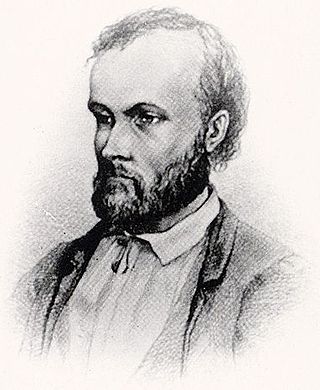 12
Aleksis Kivi was a Finnish writer who wrote the first significant novel in the Finnish language, Seitsemän veljestä, published in 1870. He is also known for his 1864 play, Nummisuutarit. Although...
12
Aleksis Kivi was a Finnish writer who wrote the first significant novel in the Finnish language, Seitsemän veljestä, published in 1870. He is also known for his 1864 play, Nummisuutarit. Although...
Carl Gustaf Emil Mannerheim
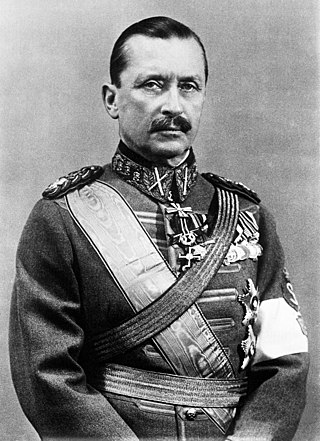 10
Baron Carl Gustaf Emil Mannerheim was a Finnish military commander, aristocrat, and statesman. He served as the military leader of the Whites in the Finnish Civil War (1918), as Regent of Finland...
10
Baron Carl Gustaf Emil Mannerheim was a Finnish military commander, aristocrat, and statesman. He served as the military leader of the Whites in the Finnish Civil War (1918), as Regent of Finland...
Ilmari Juutilainen
 9
Eino Ilmari "Illu" Juutilainen was a fighter pilot of the Ilmavoimat, and the top scoring non-German fighter pilot of all time. The top flying ace of the Finnish Air Force, he led all Finnish pilots...
9
Eino Ilmari "Illu" Juutilainen was a fighter pilot of the Ilmavoimat, and the top scoring non-German fighter pilot of all time. The top flying ace of the Finnish Air Force, he led all Finnish pilots...
Armi Kuusela
 9
Armi Helena Kuusela is a Finnish-American charity worker, model and beauty queen. In 1952, she won the Finnish national beauty contest Suomen Neito and was presented with a trip to the United States...
9
Armi Helena Kuusela is a Finnish-American charity worker, model and beauty queen. In 1952, she won the Finnish national beauty contest Suomen Neito and was presented with a trip to the United States...
Jean Sibelius
 8
Jean Sibelius was a Finnish composer of the late Romantic and early-modern periods. He is widely regarded as his country's greatest composer, and his music is often credited with having helped...
8
Jean Sibelius was a Finnish composer of the late Romantic and early-modern periods. He is widely regarded as his country's greatest composer, and his music is often credited with having helped...
Johan Ludvig Runeberg
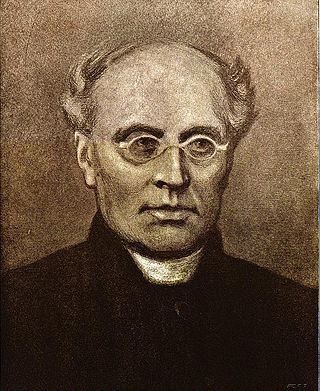 6
Johan Ludvig Runeberg was a Finnish priest, lyric and epic poet. He wrote exclusively in Swedish. He is considered a national poet of Finland. He is the author of the lyrics to Vårt land which became...
6
Johan Ludvig Runeberg was a Finnish priest, lyric and epic poet. He wrote exclusively in Swedish. He is considered a national poet of Finland. He is the author of the lyrics to Vårt land which became...
Juho Kusti Paasikivi
 5
Juho Kusti Paasikivi was a Finnish politician who served as the seventh president of Finland from 1946 to 1956. Representing the Finnish Party until its dissolution in 1918 and then the National...
5
Juho Kusti Paasikivi was a Finnish politician who served as the seventh president of Finland from 1946 to 1956. Representing the Finnish Party until its dissolution in 1918 and then the National...
Alvar Aalto
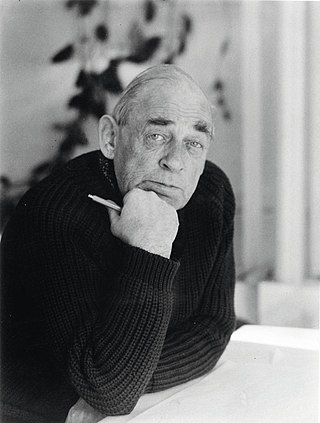 3
Hugo Alvar Henrik Aalto was a Finnish architect and designer. His work includes architecture, furniture, textiles and glassware, as well as sculptures and paintings. He never regarded himself as an...
3
Hugo Alvar Henrik Aalto was a Finnish architect and designer. His work includes architecture, furniture, textiles and glassware, as well as sculptures and paintings. He never regarded himself as an...
Minna Canth
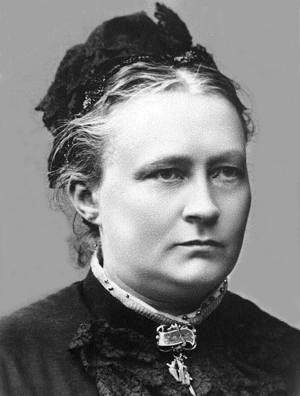 3
Minna Canth was a Finnish writer and social activist. Canth began to write while managing her family draper's shop and living as a widow raising seven children. Her work addresses issues of women's...
3
Minna Canth was a Finnish writer and social activist. Canth began to write while managing her family draper's shop and living as a widow raising seven children. Her work addresses issues of women's...